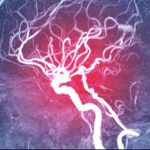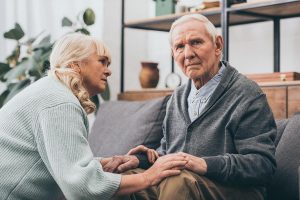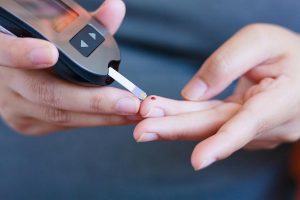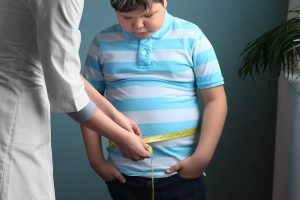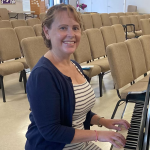
In a small, preliminary study, piano lessons provided to cancer patients undergoing chemotherapy appeared to help them maintain brain health. “There were a lot of outside stressors contributing to my mood, but piano practice and going to lessons were always something good and positive that I would look forward to, no matter what else was happening,” said Robin Hesselink, an enrollee in a pilot program at the Moffitt Cancer Center in Tampa, Fla. Heeselink, who’s undergoing treatment for stage 4 metastatic breast cancer, explained that “even for those 30 minutes or an hour, I could forget about the other stuff and have something enjoyable. At least temporarily, while I’m doing it, it has a very positive effect on me.” Besides those mood-boosting effects, the piano lessons appeared to enhance the “executive function” of participants’ brains, according to a news release from the University of South Florida (USF). The new protocol, called Keys to Staying Sharp, seeks to curb declines in memory and thinking that sometimes accompany chemotherapy, explained Jennifer Bugos, a professor of music education at USF. “We are interested in examining whether social support while learning a musical instrument can increase cognition in patients undergoing treatment for cancer,” she said in a university news release. Specifically, the research is looking at “which areas of cognition may be improved and what duration of music training is… read on > read on >










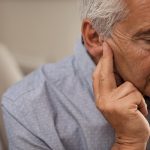
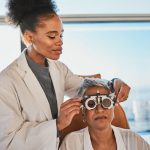

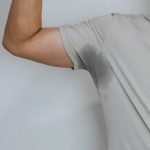
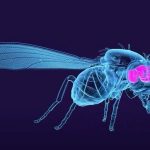

-150x150.jpg)
